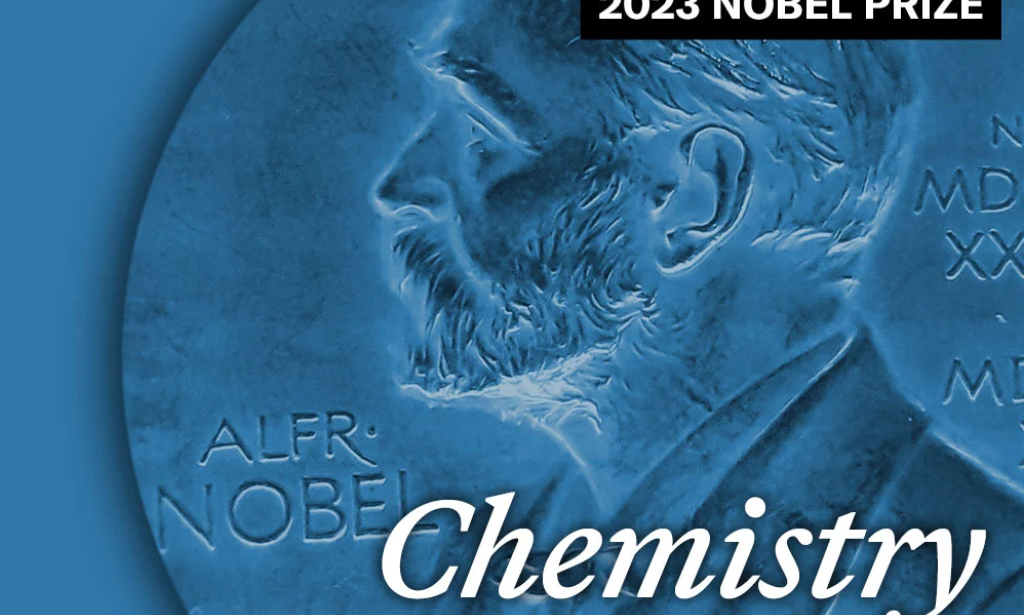Tiny particles that glow with different colors and can be used in everything from TVs to tumor imaging have earned three scientists the 2023 Nobel Prize in Chemistry.
Chemist Moungi Bawendi, chemist Louis Brus, and physicist Alexei Ekimov were awarded the prize for their discovery and synthesis of quantum dots.
Quantum dots are a new class of materials, different from molecules, said Heiner Linke, a member of the Nobel committee.
By simply changing the size of these nanoparticles, which are about a few billionths of a meter across, scientists can change their properties, including their optical, electrical, and magnetic properties, even their melting points.
This is due to quantum mechanics, which governs the behavior of matter at the atomic and subatomic level.
At this scale, the properties of matter can be very different from what they are at the macroscopic level.
One of the most striking features of quantum dots is their ability to emit light of different colors.
This is because the color of the light emitted by a quantum dot depends on its size. Smaller quantum dots emit shorter wavelength light, which is blue, while larger quantum dots emit longer wavelength light, which is red.
This property of quantum dots has made them very useful in a variety of applications.
For example, quantum dots are used in LED TVs to produce brighter and more colorful images. They are also used in solar cells to improve efficiency.
This property of quantum dots has made them very useful in a variety of applications.
For example, quantum dots are used in LED TVs to produce brighter and more colorful images. They are also used in solar cells to improve efficiency.



You must be logged in to post a comment.